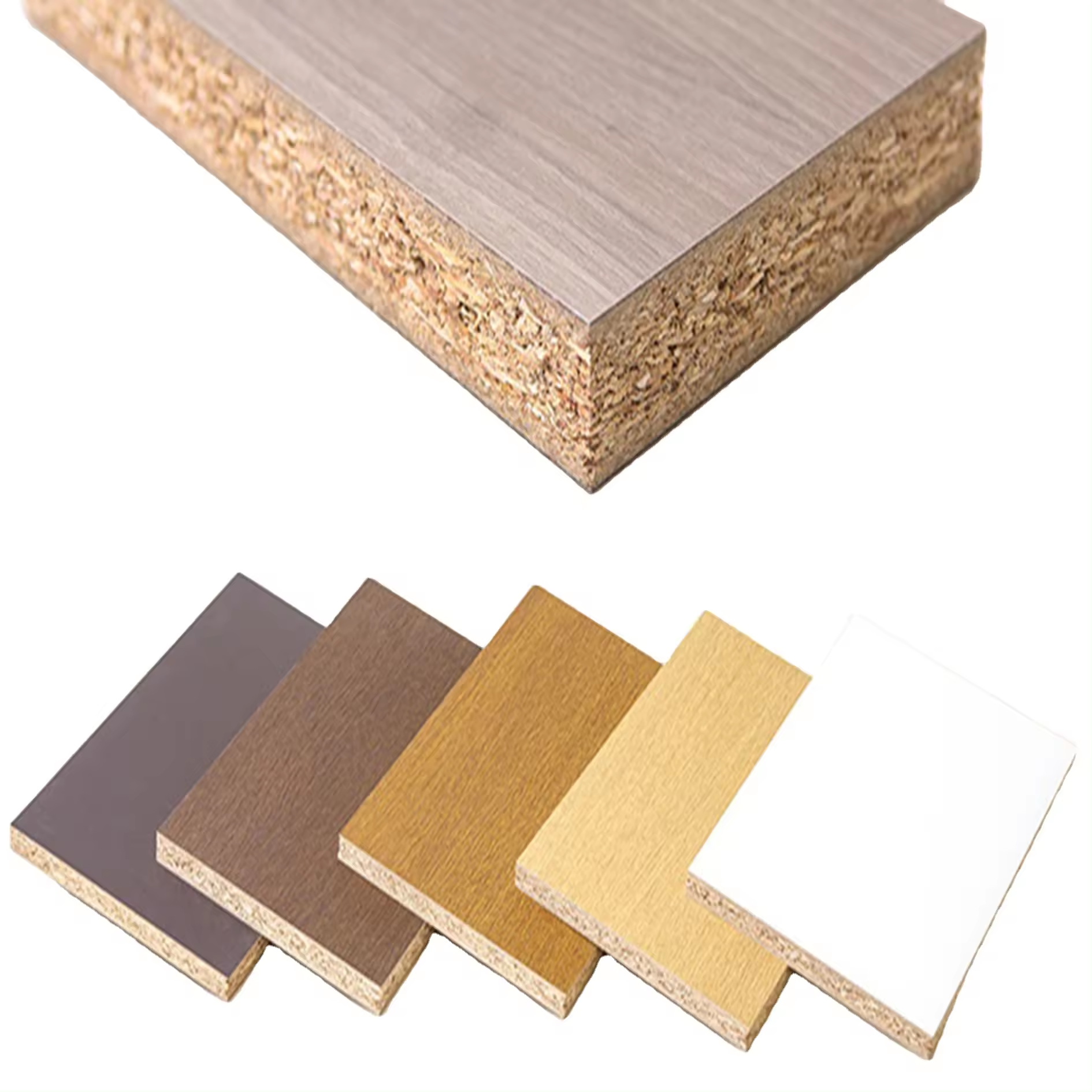To buy MDF board, how to choose high quality MDF panels?
MDF board, also known as medium-density fiberboard, is a board made of wood fiber and synthetic resin. It has a higher density than ordinary wood, a uniform structure, high strength and a long service life. Therefore, it has been widely used in construction, furniture, packaging and other fields.
1. How to distinguish the quality of density board
1. Appearance inspection
(1) Surface flatness: The surface of a high-quality MDF board should be very flat and smooth, without bumps or ripples.
(2) Color uniformity: The color should be uniform and consistent, without color difference or spots.
(3) Edge treatment: The edges should be neat, without burrs or roughness. The cut surface should be delicate and uniform.
2. Physical properties
(1) Density: High-quality density boards usually have a higher density, generally between 600 kg/m³ and 700 kg/m³. You can make a preliminary judgment by the sound of knocking. The board with a dull sound has a higher density.
(2) Hardness: Scratch the surface gently with your fingernail. High-quality density boards are not easy to leave marks.
(3) Compressive strength: You can press the board with your hands. High-quality MDF should not have obvious deformation or dents.
(4) Thickness deviation: The thickness should be uniform and the allowable deviation range should be within the standard.
3. Environmental performance
(1) Formaldehyde emission: Choose MDF that meets the E0 or E1 environmental standards. The formaldehyde emission of the E0 standard is less than 0.5 mg/L, and the formaldehyde emission of the E1 standard is less than 1.5 mg/L. You can ask the merchant to provide relevant test reports.
(2) Certification mark: Check whether there are relevant environmental certification marks, such as CARB (California Air Resources Board), FSC (Forest Stewardship Council), etc.
4. Water absorption and moisture resistance
(1) Water absorption expansion rate: High-quality MDF should have a low water absorption expansion rate. You can drop a few drops of water on a small sample to observe its water absorption speed and expansion.
(2) Moisture-proof treatment: Some high-quality MDF has been treated with moisture-proof treatment and can be used in humid environments. You can check the product description or ask the manufacturer whether it has been treated with moisture-proof treatment.
5. Practical application experience
(1) User evaluation: Check other users’ evaluation and feedback to understand their experience and opinions during use.
(2) Sample testing: If possible, you can first purchase a small sample for testing to observe its performance in actual use.
6. Technical parameters
(1) Dimensional stability: High-quality MDF should have good dimensional stability under temperature and humidity changes, and should not easily expand or shrink.
(2) Durability: After long-term use, high-quality MDF should not crack, delaminate or deform significantly.
7. Price factor
Cost-effectiveness: Although price is not the only criterion, too low a price often means that there may be quality problems. Consider price and quality comprehensively and choose products with higher cost-effectiveness.
The above methods can help us select high-quality MDF sheets as much as possible, and we can choose applications according to needs.







